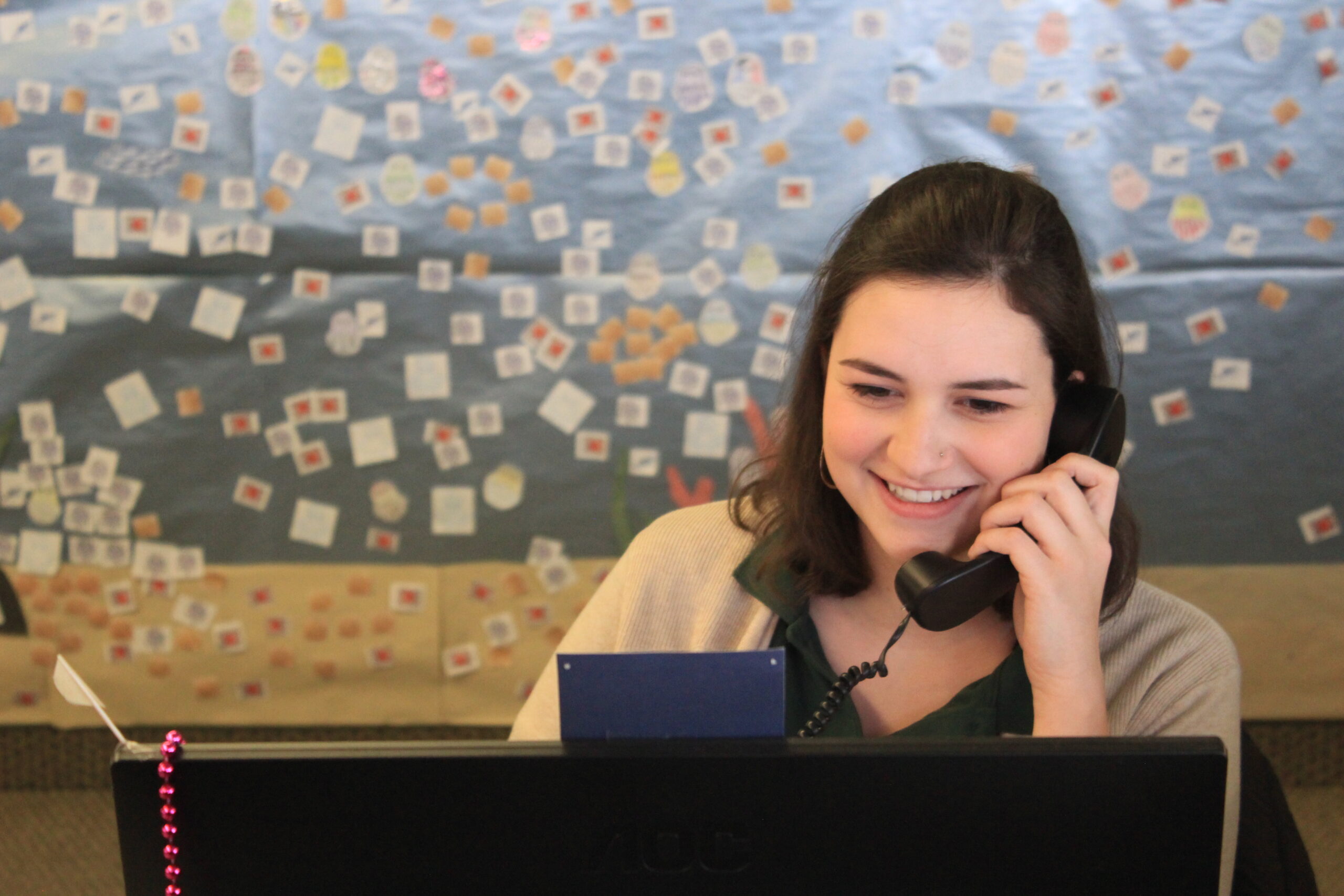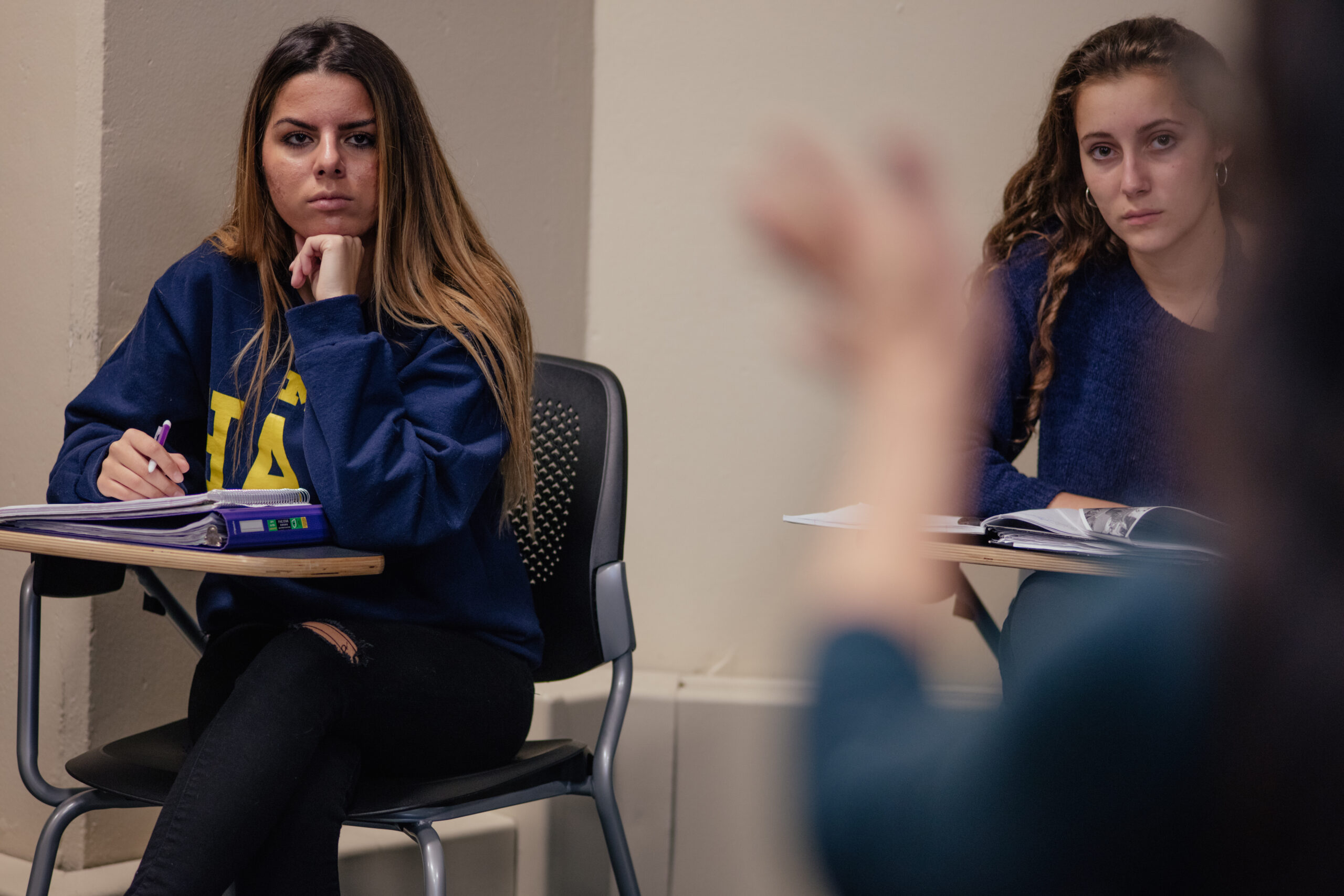Virtual advising, embedded graduates and other novel approaches are bringing college advising to a wider group of students—some of whom may not otherwise receive any substantial guidance in making decisions about postsecondary education.
College Advising Corps has placed more than 800 recent college graduates in about 800 under-resourced high schools to serve as college advisors for first-generation, low-income and other underrepresented students from urban, suburban and rural communities, says Nicole Hurd, the nonprofit’s founder and CEO.
“There’s a public perception that private schools are too expensive, so our advisors love to go through the real numbers with students and families,” Hurd says. “The reality is most of our students are not going to not pay the sticker price. Most of the college debt is not held by people in their demographic bracket.”
More from UB: How Florida helps adult learners finish degrees
The goal of the nonprofit’s college advisors is to supplement the work of high school counselors, who face an average caseload of 480 students, Hurd adds.
The nonprofit partners with about 30 selective private institutions and state flagships to recruit and train its counselors, about two-thirds of whom are people of color and 60% were Pell Grant-eligible.
College Advising Corps’ counselors also work with high schoolers to find scholarships and to apply to colleges that best matches a student’s academic and co-curricular interests. These college advisors may also encourage students to consider going to a college that’s a farther distance from home than they might have initially considered, Hurd says.
“When we lose college students because of retention issues it’s because we didn’t do that match and fit beforehand,” Hurd says.
Virtual college advisors don’t sacrifice relationships
Virtual coaching expands the reach of national initiatives such as CollegePoint, which was created by Bloomberg Philanthropies in 2014.
CollegePoint has formed a coalition to expand the reach of College Advising Corps and three other advising organizations—College Possible, Matriculate and ScholarMatch.
Combined, these organizations serve about 15,000 students annually.

The coaches in College Possible’s Navigate program—who are supplied by AmeriCorps—work to increase access to higher ed for less affluent and rural students. These coaches begin work by providing high school juniors with general information about the college search process and which schools they should consider attending.
During senior year, the virtual advisors help students identify colleges and universities that best match their academic and social interests. Then, the virtual advisors, many of whom are recent college graduates, guide students in producing strong applications and finding scholarships and other sources of financial aid.
“Just because it’s virtual doesn’t mean we sacrifice relationship-building,” says Geoff Wilson, executive director of CollegePossible’s operations in Minnesota. “We also feel strongly that collaborating with communities and schools is of the utmost importance.”
Virtual college advisors communicate via videoconferences, texting, social media, email and phone calls—whatever platform is most convenient for the student, Wilson says. The coaches, for instance, use Instagram and other social media to connect with students and share videos and other visual components of College Possible’s curriculum.
“We like students to have a steady flow of what our coaches are up to,” Wilson says. “Coaches post pictures of things like their desk to humanize themselves.”
CollegePoint’s overall goal is to match high-achieving low-income students with the colleges and universities that will best meet their interests.
More from UB: How liberal arts degrees pay off in the long run
The focus is on connecting students with selective, out-of-state schools that they may not have considered, says Jenny Kane, who leads the college access and success portfolio at Bloomberg Philanthropies, which supports CollegePoint.

Beginning in their junior year of high school, students get help with financial aid applications, writing college essays and understanding their award letters, Kane says.
“About 50% of high-achieving, low-income students don’t apply to any schools that match their abilities and qualifications,” Kane says. “Our advisors tell them that you are the students that these schools want. These are actually the schools that can provide the most aid.”
Virtual college advising smooths the transition
Beginning in spring of their senior year, first generation and other underrepresented students making the transition from high school to college can get virtual and in-person coaching from Beyond12, a tech-based nonprofit working to increase college degree completion.
After seniors are accepted to college, Beyond12—which partners with school districts, higher education and scholarship organizations—hosts in-person college transition workshops focused on reducing summer melt. Students, for instance, will receive a checklist of pitfalls to avoid during the summer.
The full-time coaches, who are recent college graduates, also begin virtual advising via text to make sure students are completing financial aid applications and other paperwork.
More from UB: How colleges are navigating a new world of enrollment
The coaching becomes completely virtual when students get to campus, where the virtual advising is meant to augment—not replace—counseling services offered by the college, says Alexandra Bernadotte, Beyond12’s founder and CEO.
A bit more about Beyond12
- Colleges or universities can fund two or four years of Beyond12 coaching.
- When students receive four years of coaching, 85% graduate or are still in college after six years. After two years of coaching, that rate is 67%, Bernadotte says.
- Beyond12 has coached over 7,000 students and is now working with about 54,000, she says.
Students use Beyond12’s MyCoach app, which comes with a calendar that can be customized to send push notifications to remind each student of important academic and financial aid deadlines.
“A majority of our coaches were the first in their families to go to college, so they understand the challenges students are facing,” Bernadotte says. “We’ve heard from our students that, for a number of reasons, they don’t feel comfortable going to—or they don’t know about—campus resources.”
The virtual advisors will role play so students know what questions they want to ask at financial aid meetings or when they attend a professors’ office hours.
“This helps to demystify and decode some of the language students will hear,” Bernadotte says. “It helps them understand help-seeking and self-advocacy behavior.”
Matt Zalaznick is senior writer.





